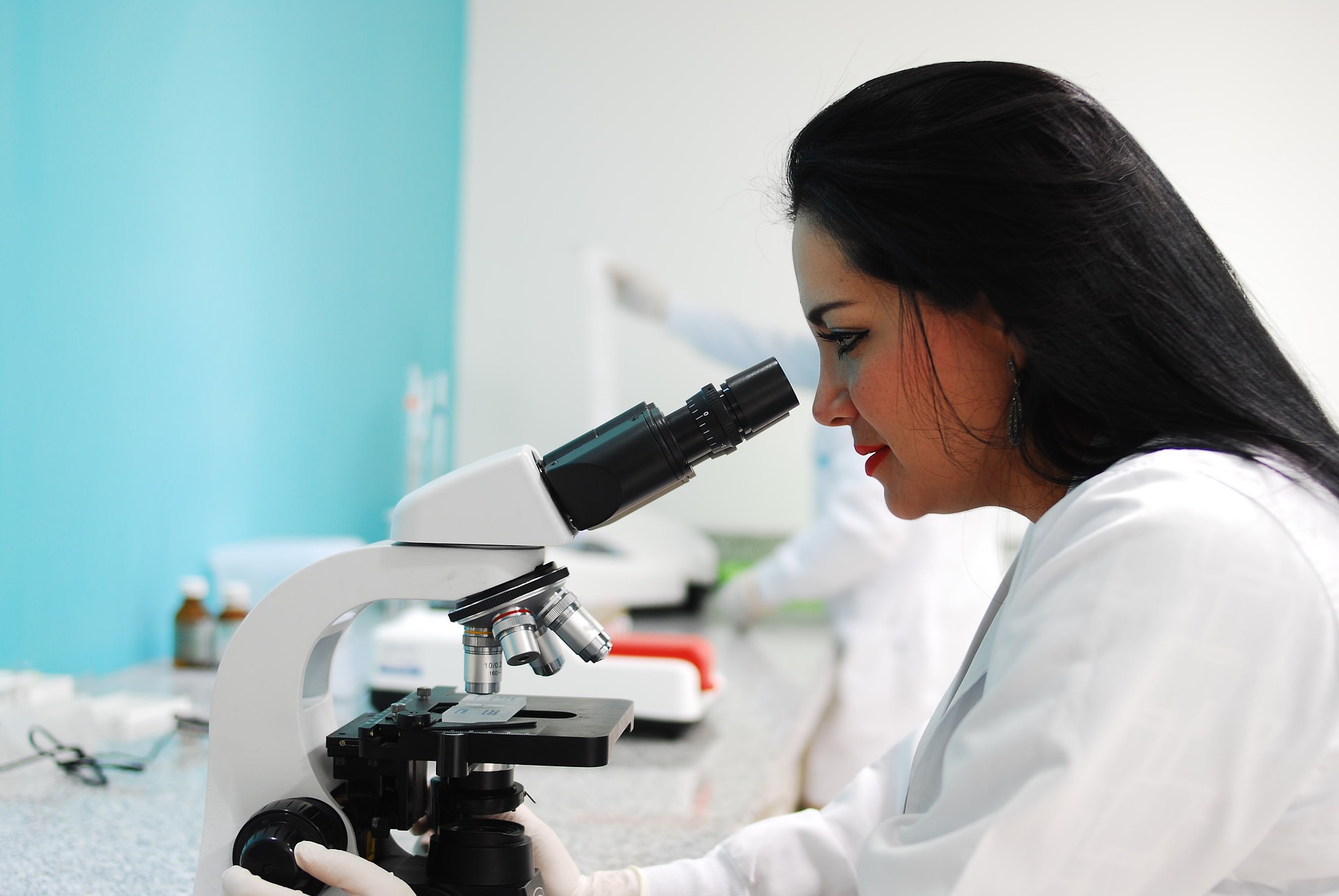Stress is a condition that affects everyone. It can present itself as mental, physical, or emotional strain. When you experience a stressful situation, the amygdala in the brain sends a signal to the hypothalamus which then activates the “flight or fight” response, causing your body to react by releasing the hormones adrenaline, epinephrine, and cortisol.(1) As a result, this response leads to increased heart rate, increased respiration, tense muscles, and troubles with the gastrointestinal tract (GI tract).(1)
GI Tract
The GI tract contains trillions of microorganisms, including good and bad bacteria, viruses, and fungi.(2) Theses microorganisms are referred to as the microbiota, and the sum total of their genetic material is referred to as the microbiome. The human microbiome is different in every individual and directly influences our response to nutrition, immunity, behavior, and disease.(2) As a result, our microbiome is responsible for communication between the gut and the brain. So, any kind of stress disrupts this natural flow of communication. One of the main communicators affected in these instances is the vagus nerve.
Vagus Nerve
The vagus nerve (VN) is a cranial nerve that extends from the brain to the colon and supplies sensory and motor function information to most of the digestive tract.(3) The VN is comprised mostly of afferent neurons, which are nerve fibers responsible for detecting issues through communication received via microbial metabolites.(4) The information received by the VN is sent to the central nervous system and then a response is elicited.(3) Stress inhibits the function of the VN, which then leads to imbalances in the body.(3)
Communication
A disruption in the communication between the brain (VN) and the gut will then lead to dysbiosis. Dysbiosis is an imbalance in the microorganisms normally found in the GI tract.(5) In addition to stress, microbial changes are heavily influenced by genetics, diet, infection, or medications such as antibiotics.(5) When the bad microorganisms outweigh the good, it can lead to disease. So, to avoid these issues, stress management techniques and a healthy lifestyle are vital. Furthermore, managing stress, eating a balanced diet, and exercising will help maintain balance and a positive flow of communication between the brain and the gut.
Lisa Fenda Wallace, B.S., B.A., CPT, TriCore Dietetic Intern
Reviewed by TriCore Lead Clinical Nutritionist: Beth Ellen DiLuglio, MS, RDN, LDN
References
1. Konturek P, Brzozowski T, Konturek SJ. Stress and the gut: pathophysiology, clinical consequences, diagnostic approach and treatment options. J Physiol Pharmacol. 2011;62(6):591- 599. http://www.jpp.krakow.pl/journal/archive/12_11/pdf/591_12_11_article.pdf. Accessed January 20, 2021.
2. MacGill M, Sethi S. What are the gut microbiota and human microbiome? Medical News Today. https://www.medicalnewstoday.com/articles/307998#new-findings-on-the-microbiome. Published June 26, 2018. Accessed January 20, 2021.
3. Bonaz B, Bazin B, Pellissier S. The vagus nerve at the interface of the microbiota-gut-brain axis. Front Neurosci. 2018;12(49), 1-9. https://www.ncbi.nlm.nih.gov/pmc/articles/PMC5808284/pdf/fnins-12-00049.pdf. Accessed January 20, 2021.
4. Browning K, Verheijden S, Boeckxstaens G. The vagus nerve in appetite regulation, mood and
intestinal inflammation. Am J Gastroenterol. 2017;152(4), 730-744.
https://www.ncbi.nlm.nih.gov/pmc/articles/PMC5337130/?report=classic. Accessed January 20,
2021.
5. Peterson C, Round J. Defining dysbiosis and its influence on host immunity and disease. Cell
Microbiol. 2014;16(7), 1024-1033. https://www.ncbi.nlm.nih.gov/pmc/articles/PMC4143175/.
Accessed January 20, 2021.



